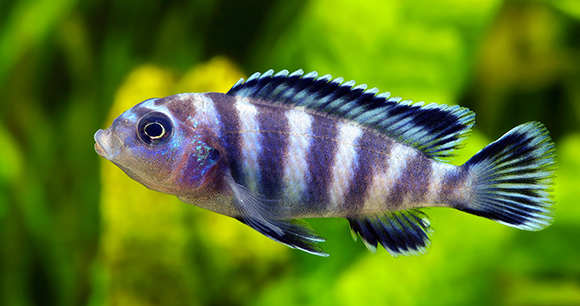Fish can perform simple addition and subtraction, a study recently published in the journal Scientific Reports revealed (Schluessel et al., 2022). In a series of runs, cichlids and stingrays were first shown an image containing 1–5 shapes. Then, that image disappeared and the fish were shown two new sets of shapes simultaneously—one of these added a shape to the original, the other subtracted a shape. On each run, the color of the original set of shapes signaled the task for the fish: If the original was blue, choose the “plus one” set next. If it was yellow, choose the “minus one” set. Fish who swam up to the correct image received a food reward. Most chose the right answer.

This ability to perform simple arithmetic may be surprising, because fish lack a neocortex—a set of brain layers responsible for cognition in mammals. The neocortex is also involved in sensory perception, including pain, and the absence of this structure in fish has long been touted by some scientists as evidence that they cannot feel pain. Now that fish can clearly perform a cognitive task despite lacking a neocortex, perhaps it is time to acknowledge that fish—just as birds—may simply use a different brain structure than mammals to perceive pain as well.